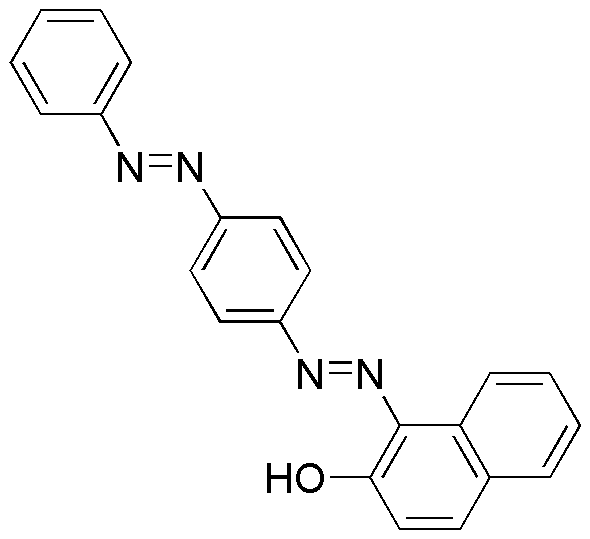Sudan III Certified is widely utilized in research focused on:
- Textile Industry: Commonly used as a dye for coloring fabrics, providing vibrant shades that enhance the aesthetic appeal of clothing and textiles.
- Biological Research: Employed as a staining agent in histology to visualize lipids in tissue samples, aiding in the study of cellular structures and functions.
- Food Industry: Used in food testing to detect the presence of fats and oils, ensuring quality control and compliance with safety standards.
- Cosmetics: Incorporated in cosmetic formulations for coloring purposes, allowing manufacturers to create visually appealing products while adhering to regulatory guidelines.
- Pharmaceuticals: Acts as a marker in drug formulations to study absorption and distribution, providing insights that enhance drug development processes.
General Information
Properties
Safety and Regulations
Applications
Sudan III Certified is widely utilized in research focused on:
- Textile Industry: Commonly used as a dye for coloring fabrics, providing vibrant shades that enhance the aesthetic appeal of clothing and textiles.
- Biological Research: Employed as a staining agent in histology to visualize lipids in tissue samples, aiding in the study of cellular structures and functions.
- Food Industry: Used in food testing to detect the presence of fats and oils, ensuring quality control and compliance with safety standards.
- Cosmetics: Incorporated in cosmetic formulations for coloring purposes, allowing manufacturers to create visually appealing products while adhering to regulatory guidelines.
- Pharmaceuticals: Acts as a marker in drug formulations to study absorption and distribution, providing insights that enhance drug development processes.
Documents
Safety Data Sheets (SDS)
The SDS provides comprehensive safety information on handling, storage, and disposal of the product.
Product Specification (PS)
The PS provides a comprehensive breakdown of the product’s properties, including chemical composition, physical state, purity, and storage requirements. It also details acceptable quality ranges and the product's intended applications.
Certificates of Analysis (COA)
Search for Certificates of Analysis (COA) by entering the products Lot Number. Lot and Batch Numbers can be found on a product’s label following the words ‘Lot’ or ‘Batch’.
Numéro de catalogue
Numéro de lot/série
Certificates Of Origin (COO)
This COO confirms the country where the product was manufactured, and also details the materials and components used in it and whether it is derived from natural, synthetic, or other specific sources. This certificate may be required for customs, trade, and regulatory compliance.
Numéro de catalogue
Numéro de lot/série
Safety Data Sheets (SDS)
The SDS provides comprehensive safety information on handling, storage, and disposal of the product.
DownloadProduct Specification (PS)
The PS provides a comprehensive breakdown of the product’s properties, including chemical composition, physical state, purity, and storage requirements. It also details acceptable quality ranges and the product's intended applications.
DownloadCertificates of Analysis (COA)
Search for Certificates of Analysis (COA) by entering the products Lot Number. Lot and Batch Numbers can be found on a product’s label following the words ‘Lot’ or ‘Batch’.
Numéro de catalogue
Numéro de lot/série
Certificates Of Origin (COO)
This COO confirms the country where the product was manufactured, and also details the materials and components used in it and whether it is derived from natural, synthetic, or other specific sources. This certificate may be required for customs, trade, and regulatory compliance.


